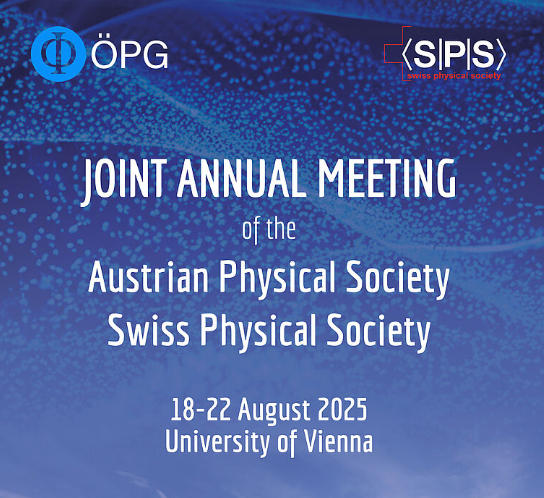https://doi.org/10.1140/epja/s10050-021-00645-y
Regular Article - Experimental Physics
Measurements of  U
U fission product mass yields with the LOHENGRIN recoil mass spectrometer
fission product mass yields with the LOHENGRIN recoil mass spectrometer
1
CEA, DES, IRESNE, DER, SPRC, Cadarache, Physics Studies Laboratory, 13108, Saint-Paul-lès-Durance, France
2
LPSC, Université Grenoble-Alpes, CNRS/IN2P3, 38026, Grenoble Cedex, France
3
Institut Laue-Langevin, 38042, Grenoble Cedex 9, France
4
IRFU, CEA, Université Paris-Saclay, 91191, Gif-sur-Yvette, France
a
abdelhazize.chebboubi@cea.fr
Received:
13
September
2021
Accepted:
29
November
2021
Published online:
18
December
2021
Numerous measurements of fission product yields were performed since the discovery of the nuclear fission process. However, more precise and reliable fission product yields are requested. Lack of covariance matrices make difficult to use it for specific application purposes such as the propagation uncertainty of decay heat. In this work, we propose to measure independently the fission product mass yields for the whole heavy peak (including the symmetric mass region) for the  U
U reaction. Both average values and experimental covariance is provided. The fission product mass yields are measured with the LOHENGRIN recoil mass spectrometer of the ILL using an ionization chamber located at the focal plane. A new procedure of data taking has been developed in order to minimize the biases. Concretely several ionic charges and kinetic energy distributions have been measured for each mass. Particular attention has been considered in the monitoring of the target time evolution. Additional corrections were necessary in the symmetry mass region due to contaminants coming from the LOHENGRIN recoil mass spectrometer. A complex Monte Carlo analysis has been developed in order to better propagate all the uncertainties. The fission product mass yields of the
reaction. Both average values and experimental covariance is provided. The fission product mass yields are measured with the LOHENGRIN recoil mass spectrometer of the ILL using an ionization chamber located at the focal plane. A new procedure of data taking has been developed in order to minimize the biases. Concretely several ionic charges and kinetic energy distributions have been measured for each mass. Particular attention has been considered in the monitoring of the target time evolution. Additional corrections were necessary in the symmetry mass region due to contaminants coming from the LOHENGRIN recoil mass spectrometer. A complex Monte Carlo analysis has been developed in order to better propagate all the uncertainties. The fission product mass yields of the  U
U and its associated covariance matrix has been produced. An overall good agreement has been observed with ENDF/B-VIII.0 in contrast with the JEFF-3.3 evaluation. A precision around 2% for the heavy peak has been measured. The experimental covariance matrix was also computed. In the symmetry mass region, two components were observed in the kinetic energy distribution. One of this component was considered as an artifact and was ruled-out.
and its associated covariance matrix has been produced. An overall good agreement has been observed with ENDF/B-VIII.0 in contrast with the JEFF-3.3 evaluation. A precision around 2% for the heavy peak has been measured. The experimental covariance matrix was also computed. In the symmetry mass region, two components were observed in the kinetic energy distribution. One of this component was considered as an artifact and was ruled-out.
© The Author(s), under exclusive licence to Società Italiana di Fisica and Springer-Verlag GmbH Germany, part of Springer Nature 2021




